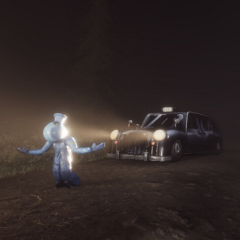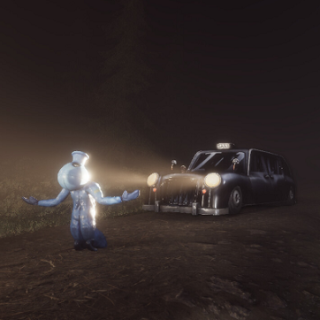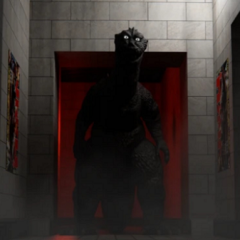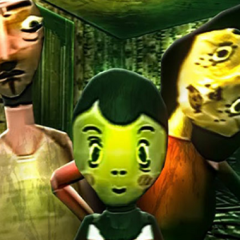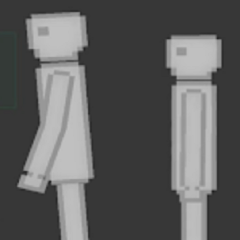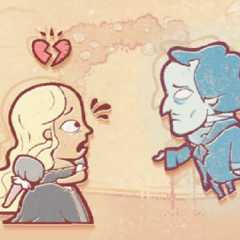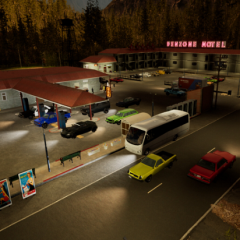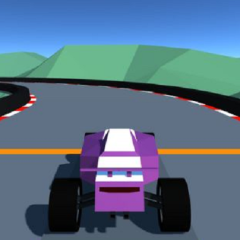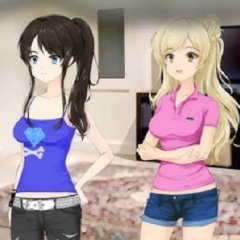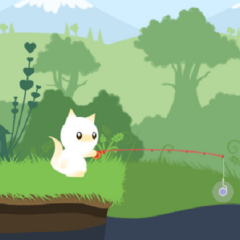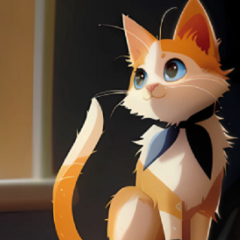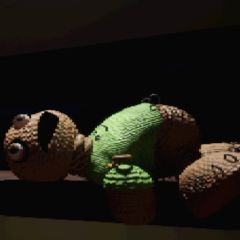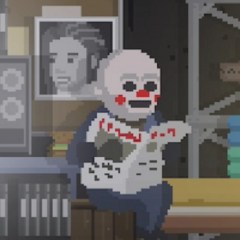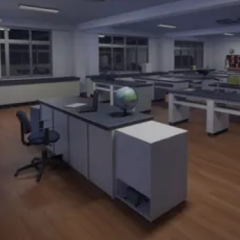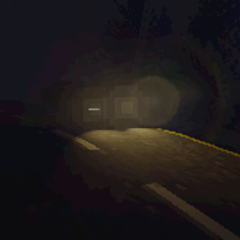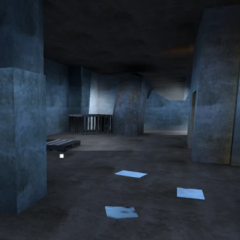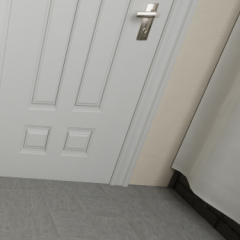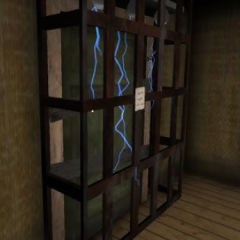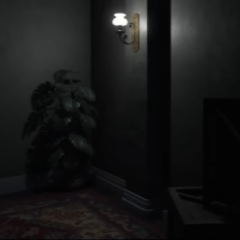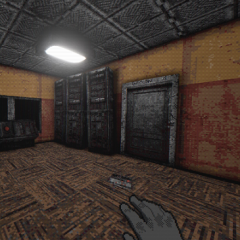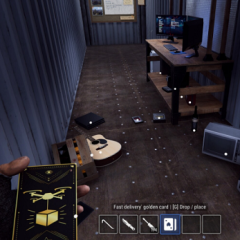Zort is a cooperative survival horror game built around teamwork, resource management, and unpredictable encounters. Players enter enclosed environments filled with hidden threats and must complete objectives to escape. Each session unfolds differently depending on player choices, map layout, and monster behavior. The goal is to survive and to work efficiently with teammates under pressure. The structure of Zort emphasizes coordination and adaptability over direct confrontation, creating a loop of planning, reaction, and recovery.
Core Gameplay and Progression
A typical round in Zort begins as players explore a facility or compound searching for tools, keys, or switches needed to open locked routes. The environment changes dynamically — lights flicker, doors malfunction, and sound cues reveal potential danger. Monsters move through the map according to distinct behavior patterns, forcing players to balance between stealth and progress. The main objective is to gather the required items and reach the final exit before the team is eliminated. Every encounter depends on how effectively the group communicates and divides tasks.
Systems and Player Tools
Zort uses a combination of environmental and player-based systems to shape each session. The main elements include:
· Voice Communication: Players use in-game proximity chat that changes sound based on distance and location.
· Dynamic Monsters: Enemies vary in speed, intelligence, and detection method, requiring situational awareness.
· Procedural Map Variation: Key locations, loot, and hazards differ between rounds.
· Sanity and Light Management: Staying in the dark or encountering monsters for too long affects visibility and movement.
· Escape Sequences: Players must activate multiple systems before leaving the area.
These mechanics ensure that each playthrough feels different, encouraging players to rely on cooperation rather than repetition.
Teamwork and Strategy
Zort’s structure is designed around interdependence. Teams of up to four players must coordinate movements and handle roles like scouting, unlocking, and distraction. Communication is critical — noise attracts monsters, but silence can lead to confusion. A single mistake may alert enemies or separate the team, forcing a quick response. In solo mode, the approach shifts toward careful planning, observation, and minimal risk. Without backup, resource use and timing become the only defenses against failure.

